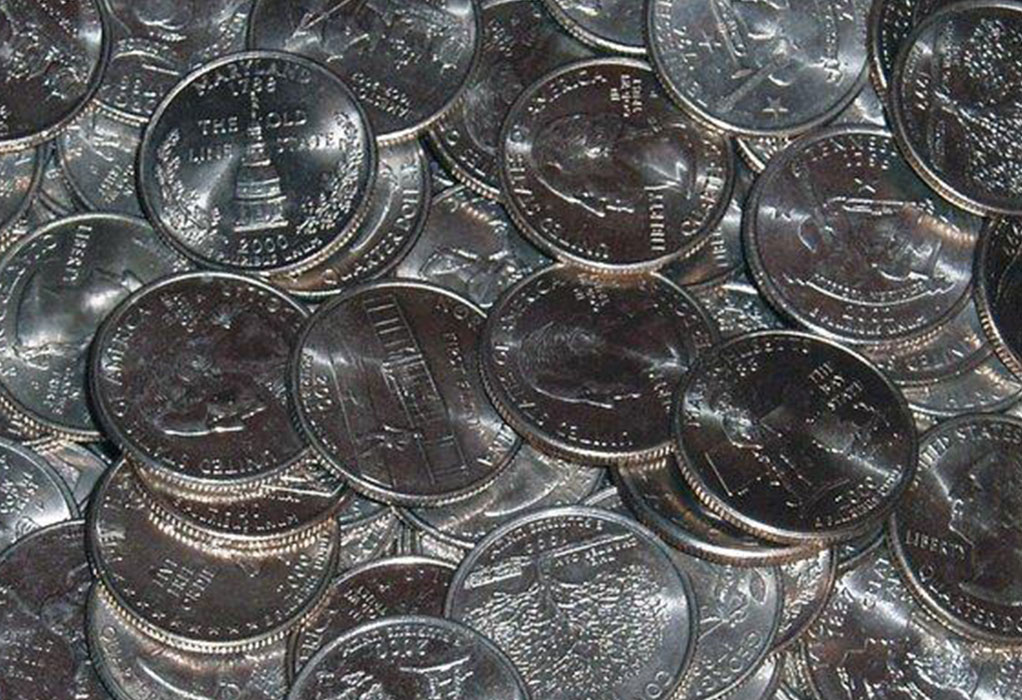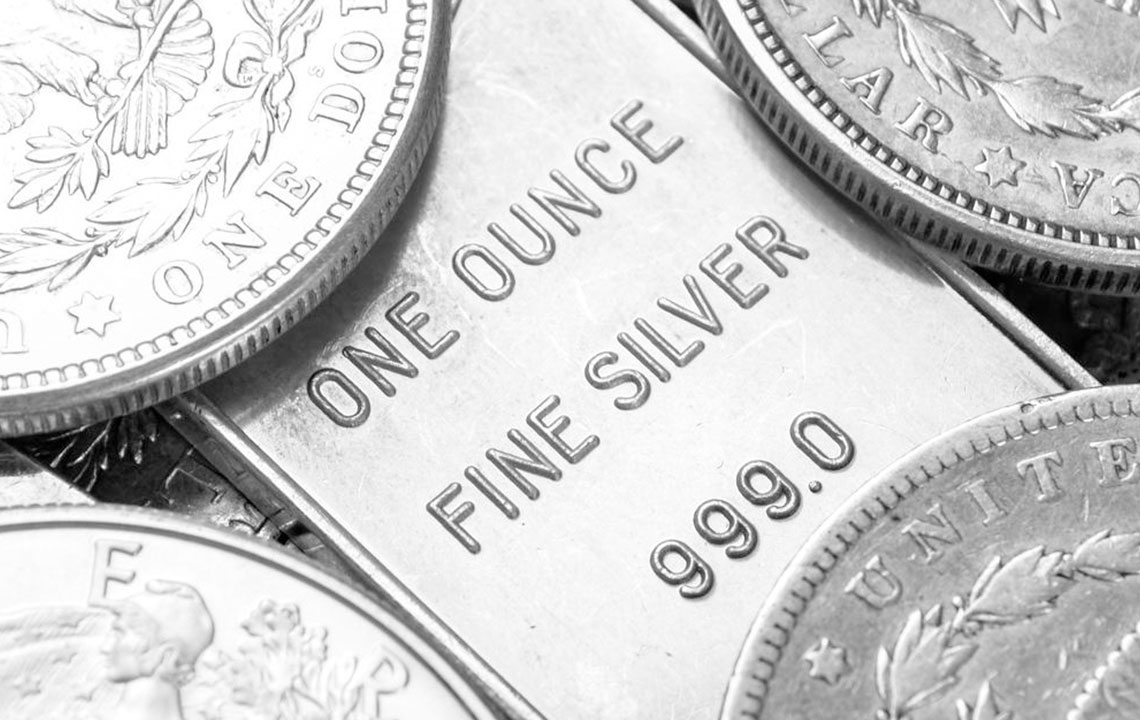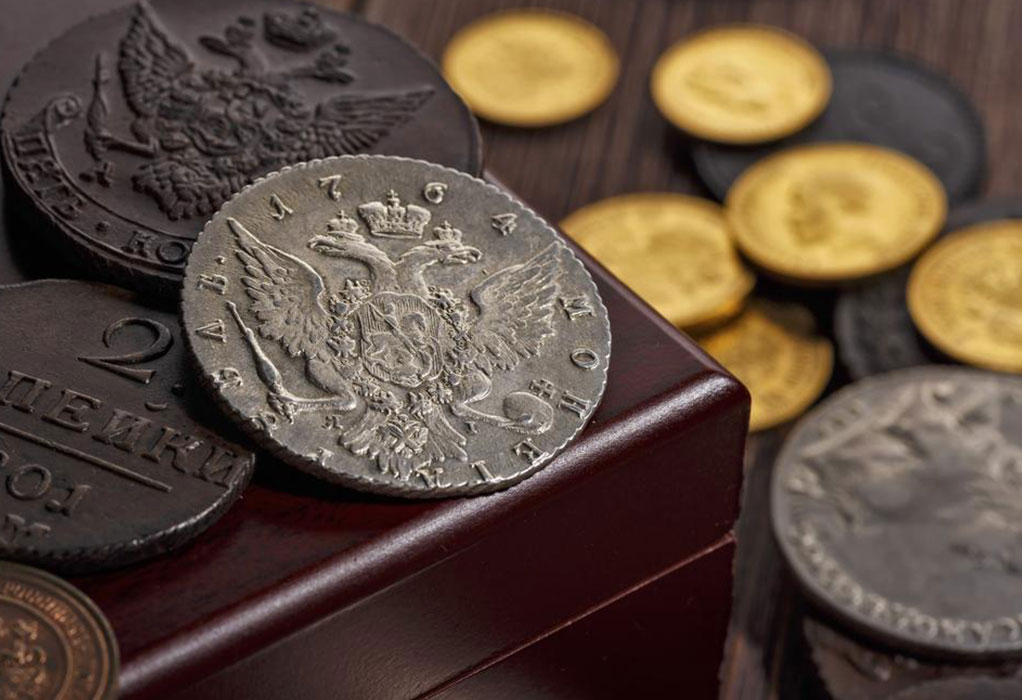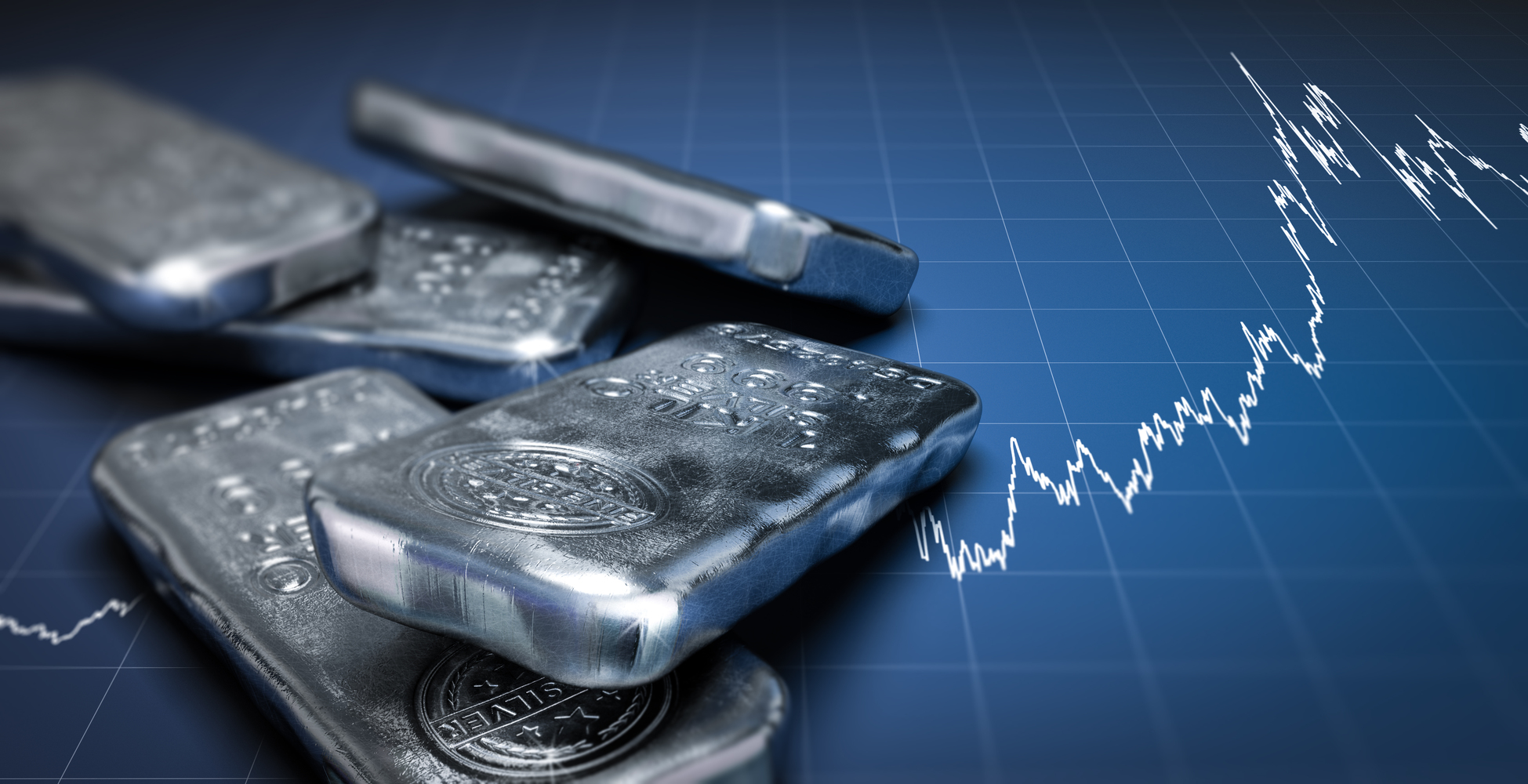Comprehensive Guide to Investing in Silver Bullion Coins: Strategies and Insights
This comprehensive guide explores the fundamentals of investing in silver bullion coins, covering market dynamics, types of silver coins and bars, storage considerations, and alternative investment options like ETFs and mining stocks. It offers valuable insights for both novice and seasoned investors seeking to optimize their silver investment strategies for long-term wealth growth and risk management.

Comprehensive Guide to Investing in Silver Bullion Coins: Strategies and Insights
Over recent decades, the silver market has experienced substantial volatility, making it an attractive asset class for investors seeking diversification and potential profit. Silver, often labeled as the second precious metal after gold, has a unique blend of industrial utility and investment appeal. Understanding how to effectively invest in silver bullion coins can offer significant financial rewards, especially when market conditions favor price appreciation.
The dynamics of the silver market are influenced by various factors, including industrial demand, global economic stability, currency fluctuations, and monetary policies. During periods of economic growth and increased industrial activity, demand for silver surges, subsequently driving up prices. Conversely, economic downturns or shifts in industrial consumption can lead to price declines. Keeping abreast of these trends is crucial for investors aiming to optimize their silver holdings.
Many new and seasoned investors opt for physical silver in the form of coins or bars due to its tangible nature, liquidity, and ease of storage. Silver coins come in various sizes and designs, often issued by government mints, which enhances their credibility and collectibility. Silver bars, typically available in larger denominations such as 10, 100, or 1000 ounces, are favored by institutional investors and those seeking bulk holdings for cost efficiency. The choice between coins and bars depends on investment goals, budget, and preference for liquidity versus storage efficiency.
Silver bullion coins such as the American Silver Eagle, Canadian Silver Maple Leaf, and Austrian Philharmonic are popular worldwide. These coins are crafted to meet both investment and collectible standards, with their silver content reliably verified. Prices of silver bullion coins tend to closely track the international spot silver price, providing investors with a transparent and straightforward investment mechanism. However, buyers should be mindful of premiums over the spot price, which reflect manufacturing, distribution, and retailer margins.
When it comes to selling silver coins or bars, investors must recognize that resale values may sometimes be marginally lower than purchase prices, especially if market prices decline or premiums have increased during the time of acquisition. Selling at the right time, understanding market cycles, and choosing reputable dealers can help mitigate potential losses. In the long term, holding physical silver generally involves minimal storage costs compared to more active trading or frequent buying and selling, making it a favorable option for passive investors.
Storage considerations are important; silver must be stored securely yet accessibly. Investors can opt for home safes, bank safety deposit boxes, or specialized storage facilities. Insurance is highly recommended to protect against theft, loss, or damage. Additionally, logistical considerations include transportation, certification, and custody of physical assets, all of which impact overall investment costs and convenience.
Beyond physical holdings, investors can diversify their silver exposure through alternative investment vehicles such as Silver Exchange-Traded Funds (ETFs), mining stock investments, or streaming and royalty companies. Silver ETFs provide exposure to market price movements without the need for physical storage, offering liquidity and ease of trading. Mining stocks, on the other hand, tie an investor's returns to the operational success of companies extracting silver, thus adding a layer of risk and potential reward. Streaming firms acquire rights to silver production at fixed prices, often providing a hedge against rising silver prices with different risk-return profiles.
Successful silver investing requires continuous market analysis, understanding global economic indicators, and timely decision-making. While physical silver offers tangible ownership, alternative instruments diversify risk and provide exposure to different facets of the silver industry. Combining these strategies can optimize portfolio performance, balancing risk, liquidity, and growth potential.
In conclusion, silver bullion coins remain an accessible and popular investment choice, especially for those seeking to blend investment and collection. Their value, rooted in market demand, industrial use, and monetary policy trends, makes them a compelling addition to a diversified investment portfolio. Proper knowledge, strategic planning, and prudent management can help investors capitalize on silver's potential for wealth preservation and growth in fluctuating economic environments.
Investing in silver bullion coins involves understanding market dynamics, storage options, and strategic entry and exit points. Combining physical holdings with diversified financial instruments can enhance returns while managing risks effectively. As the market evolves, staying informed and developing a personalized approach is essential for successful silver investments.





